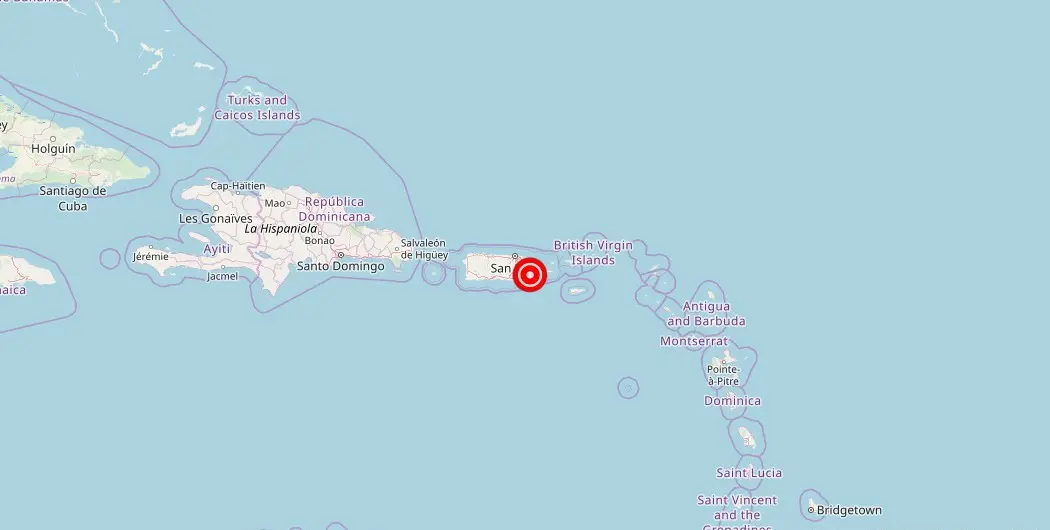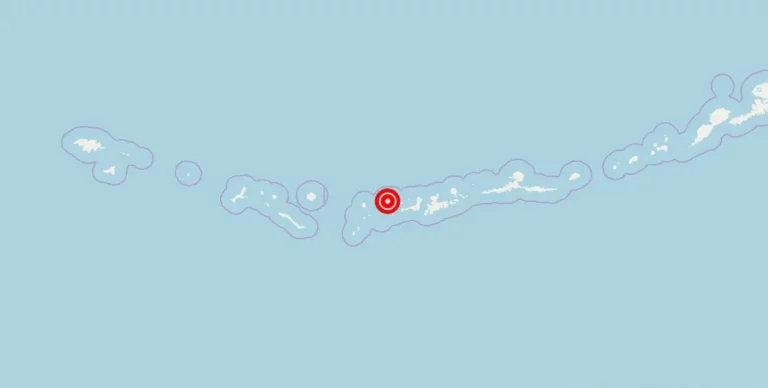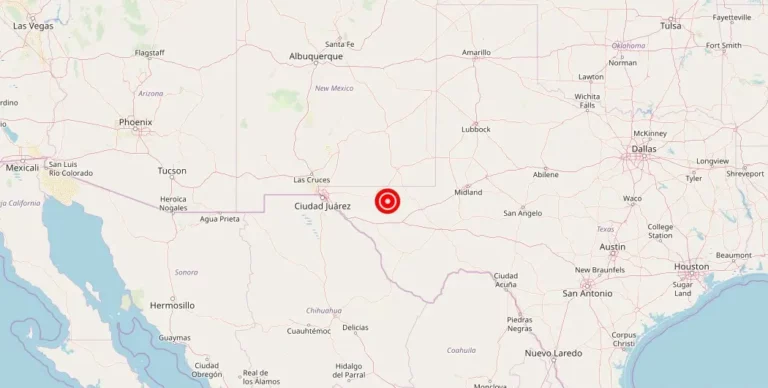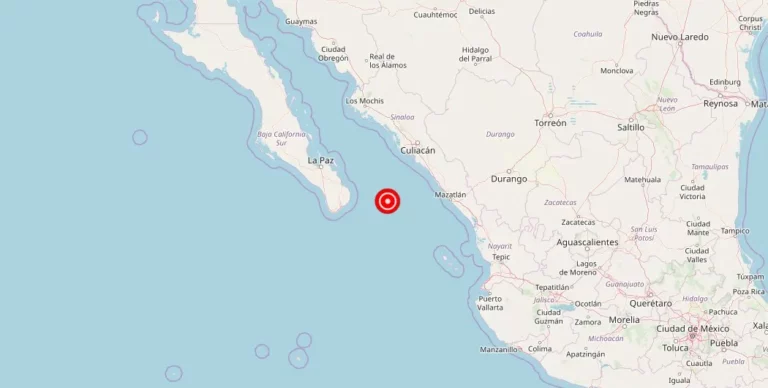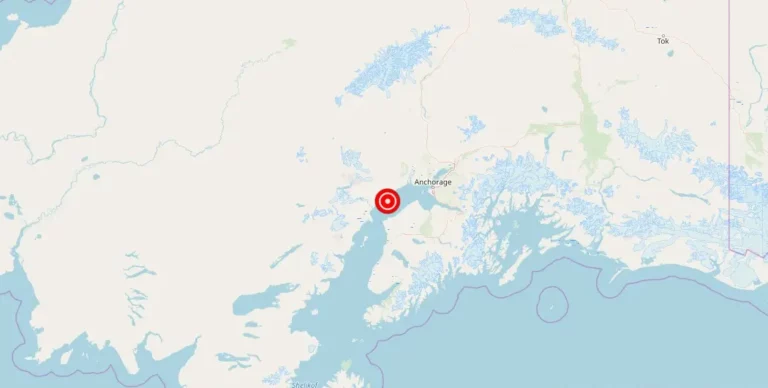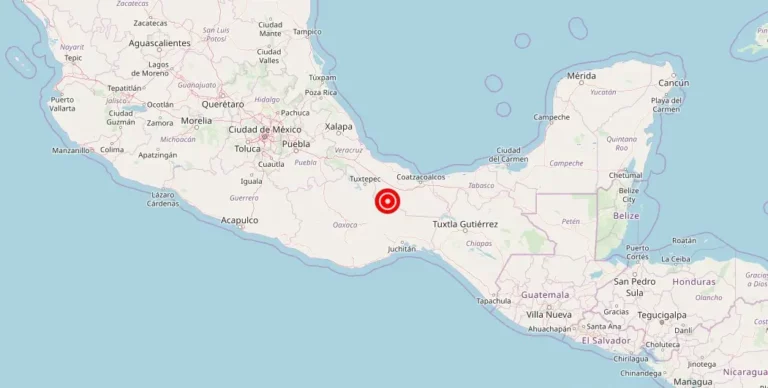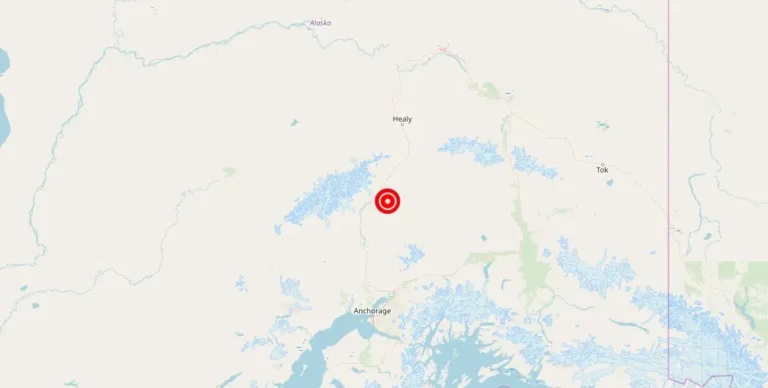Magnitude 2.23 Earthquake Strikes Near El Negro, Puerto Rico
On Thursday, Mar 16, a magnitude 2.23 earthquake struck 6 km ENE of El Negro, Puerto Rico, causing slight tremors and vibrations in the region. Though considered a minor earthquake, the event is a reminder of the constant geological activity in the region, which lies in a seismically active zone due to its location on the boundary of the North American and Caribbean tectonic plates.
Background on El Negro, Puerto Rico and its seismic activity

El Negro is a small town located in the northeastern part of Puerto Rico. The island is situated in a seismically active region of the Caribbean, where the North American and Caribbean tectonic plates meet. This area is known for its ongoing seismic activity, with frequent earthquakes and tremors. The region has experienced numerous significant earthquakes throughout history, including a devastating earthquake in 1918 that killed more than 100 people. Due to its location in a highly active seismic zone, Puerto Rico is highly susceptible to earthquakes and other seismic events. In recent years, the region has experienced an increase in seismic activity, with several significant earthquakes occurring in the past few decades. As a result, the area is closely monitored by seismologists and emergency management officials to prepare for and respond to potential seismic events.
Potential Hazards and Dangers Facing El Negro, Puerto Rico After Recent Earthquake: Future Risks and Relevant Information
Following the recent earthquake that hit El Negro, Puerto Rico, the region could be facing potential hazards and dangers. One of the most immediate threats is landslides, which can occur in the aftermath of an earthquake due to unstable terrain. These landslides could cause damage to buildings, roads, and other infrastructures in the area.
In addition, tsunamis are also a possibility, particularly if the earthquake occurred near the coast. Residents should be aware of the possibility of a tsunami warning and evacuate to higher ground immediately if one is issued.
There is also concern for damage to buildings and infrastructure that could put people at risk of injury or death. It is important for residents to take caution when entering damaged buildings or structures and to follow guidance from local authorities.
The risk of aftershocks is also a concern, which can cause additional damage and further endanger people and structures. Residents should be prepared for additional earthquakes and take precautionary measures as necessary.
Local disaster relief agencies and governmental agencies are typically the first responders in a crisis like this. These agencies, including FEMA and the Red Cross, can provide emergency response and resources to affected individuals and communities. It is important for residents to be aware of the resources available to them and to reach out to these organizations for assistance if needed.
In summary, the recent earthquake in El Negro, Puerto Rico has the potential to cause landslides, tsunamis, damage to buildings and infrastructure, and potential aftershocks. Residents should take caution, be aware of the resources available to them, and follow guidance from local authorities in the aftermath of this natural disaster.
Resources for those affected by the El Negro, Puerto Rico Earthquake
- FEMA: The Federal Emergency Management Agency provides resources and guides for disaster preparedness and recovery.
- Red Cross: The Red Cross offers services such as shelter, food, and emotional support to those affected by disasters.
- Puerto Rico Seismic Network: This agency provides up-to-date information on earthquake activity and offers tips on earthquake preparedness.
- National Weather Service: The NWS provides alerts and warnings for severe weather events, including earthquakes that may result in tsunamis or other weather-related phenomena.
- Puerto Rican Government: In the event of a disaster, the Puerto Rican government may provide emergency services and relief efforts for those affected by the earthquake.
